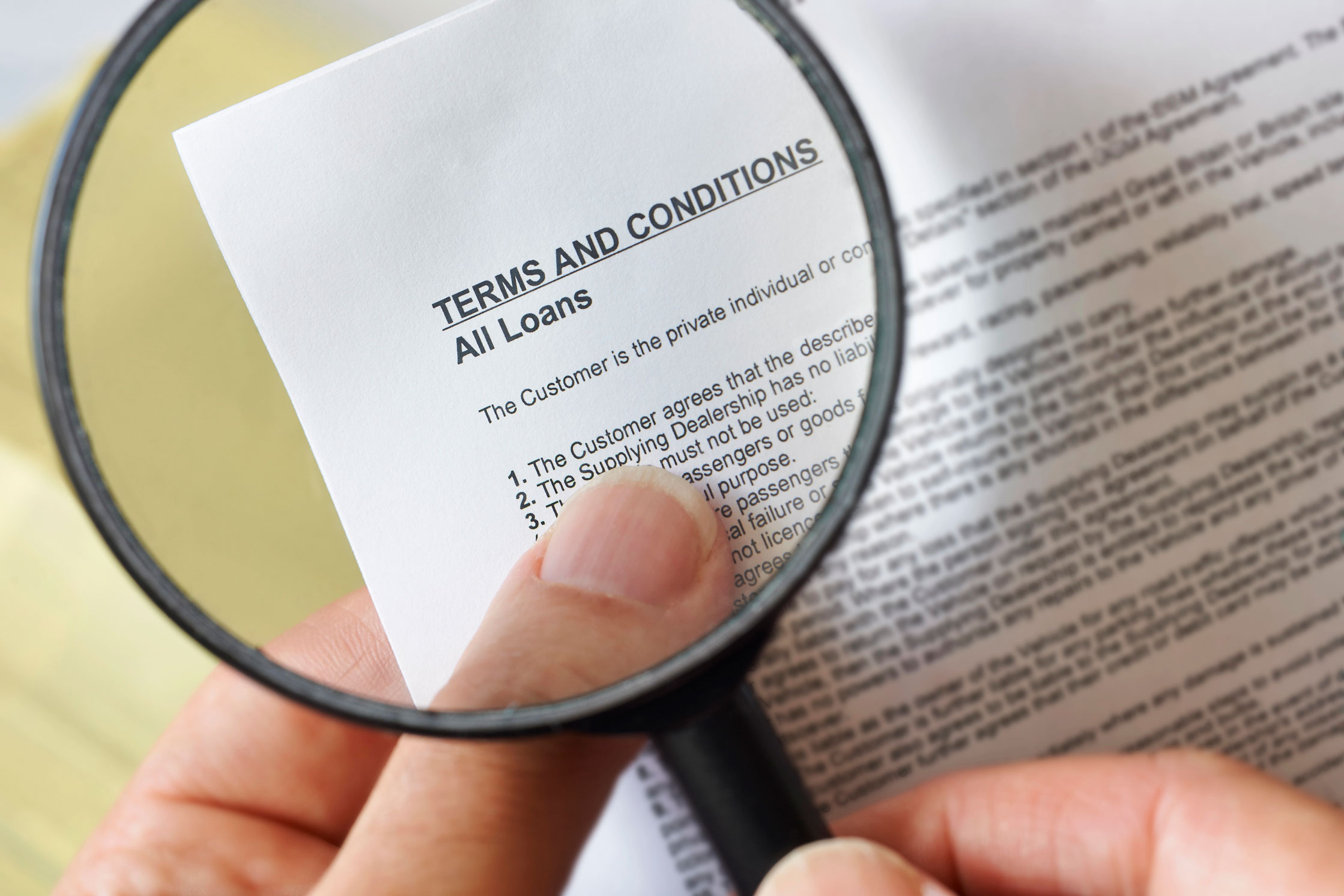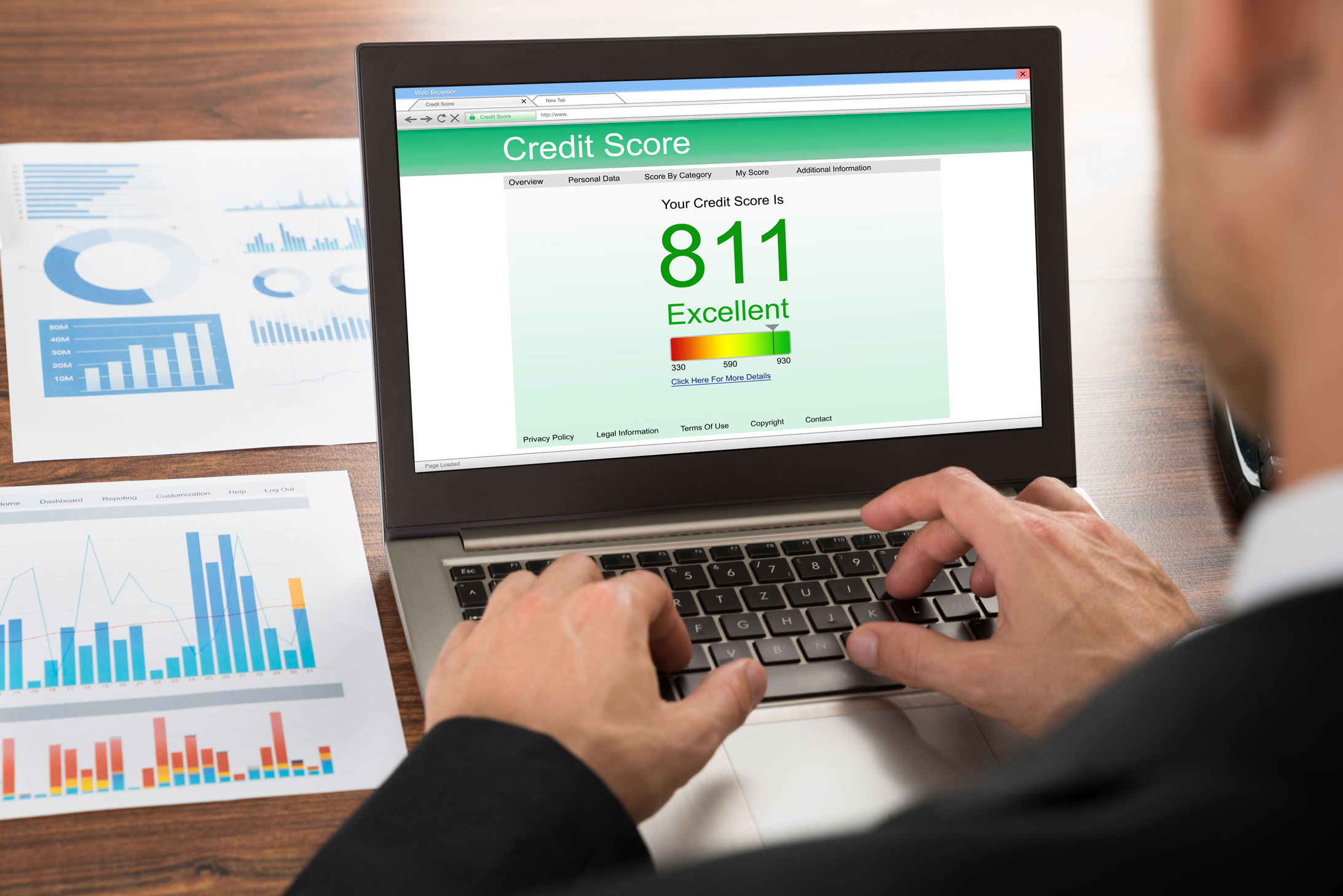
If you’re considering purchasing a motorhome, camper, or any other type of recreational vehicle, it’s important to have a clear understanding of the financial aspects involved, including your options for loans and financing.
We’re here with a guide to dive into the intricacies of APR and its distinction from the interest rate, shed light on loan terms, and explore some other key factors to consider when contemplating a loan offer.
By providing you with this comprehensive guide, we aim to empower you with the knowledge necessary to make informed decisions when considering financing options for your dream RV.
What Is An RV Loan?
An RV loan is a type of loan specifically designed to finance the purchase of a recreational vehicle (RV), which is any motor vehicle or trailer that is equipped with living quarters for accommodation and can be used for camping, traveling, or as a temporary residence.
There are several common sources for RV loans. One of the most common sources is banks and credit unions. These financial institutions offer RV loans with varying interest rates and terms, allowing borrowers to choose the option that best suits their needs. Another common source is RV dealerships themselves. Many dealerships offer financing options to help customers purchase their desired RVs.
In the last decade, online lenders and peer-to-peer lending platforms have become increasingly popular sources for RV loans as they have simplified the loan process and can offer competitive rates and financing terms.
Why Should I Consider Getting An RV Loan?
Purchasing recreational vehicles can be a costly endeavor. However, by securing an RV loan, you can spread out the payments over time, making it more affordable and manageable. This allows you to enjoy the benefits of owning an RV without having to pay for it all at once.
Lenders of RV loans frequently offer a variety of financing options to suit your specific needs and budget. Whether you prefer a fixed or variable interest rate or if you need a longer loan term to lower your monthly payments, there are options available to accommodate your preferences.
Understanding APR on RV Financing
When it comes to understanding RV financing or any type of personal loan, auto loan, or credit, one term you will see constantly on every ad or loan calculator is the term “APR.” It’s crucial to know what this is, how it works, and how it affects your decision when looking for financing.
What is APR, and How Does It Work?
APR, or Annual Percentage Rate, is the total cost of borrowing funds over a year, expressed as a percentage. It includes not only the interest rate but also any additional fees or charges associated with the loan. When it comes to RV financing, the APR plays a crucial role in determining the overall cost of the loan.
If you take out $10,000 and the APR is 8%, that generally means you have to pay an extra $800 a year on top of paying back that $10,000. To find out how much that is every month, a simple way to estimate is to divide the APR by 12.
But that’s a very general and simplified estimate, and the APR and what you actually pay depends on the loan program and the credit approval guidelines. For some applicants, the APR can be as high as 20% or more.
It is important to note that the APR is different from the interest rate, as the latter only represents the cost of borrowing the principal amount and monthly payments. You can have a very low interest rate but a higher APR because the latter can include factors like closing costs, penalties, taxes, down payments, and other factors you should always inquire about.
Taking the time to understand APR and loan terms is essential for making informed decisions when it comes to financing an RV.
How do you calculate the APR of a loan?
In order to accurately determine the APR of a loan for RV financing, it is necessary to calculate the total cost of borrowing funds over the course of a year, accounting for both the interest rate and any additional fees or charges associated with the loan.
The APR, or Annual Percentage Rate, reflects the true cost of borrowing and allows borrowers to compare different loan options. One way to calculate the APR is by gathering the loan terms, including the interest rate and any fees.
Next, convert the interest rate to a decimal and multiply it by the loan amount. Add any fees or charges to this amount. Finally, divide the total cost by the loan amount and multiply by 100 to get the APR as a percentage.
Understanding the APR is crucial when considering RV loans, as it helps borrowers make informed decisions about the affordability of their loan.

What Are Loan Terms?
Loan terms encompass several key factors that borrowers should consider when taking out an RV loan, and those two words can be used in different ways, depending on the context.
The two most common meanings for “loan terms” are for the length of time you have to repay any money you’ve borrowed (12, 24, 48, 60 months) and for the general details or factors that make up your loan amount, like the monthly installments, interest rates, and other conditions attached to your loan product.
One tip for knowing what a person means is by whether they’re talking about “loan term” or “loan terms.”
When it’s singular, it’s almost assured they are referring to the length of time you have to repay the larger loan in total.
If it’s plural, then they’re typically talking about the fine print on your loan, like the details about interest rates, penalties for not paying on time, the APR, any collateral, and even the time to pay itself, as well.
So, the RV loan term (singular) is just one of many RV loan terms (plural.)
We can dive a bit deeper into any of these other loan terms, as understanding and carefully evaluating these is crucial in order to make informed decisions and ensure the most favorable financing arrangement for an RV purchase.
Loan Amount
One important aspect to consider is the loan amount, which refers to the total sum of money borrowed from a lender to purchase the RV. The loan amount is influenced by factors such as the cost of the RV, the borrower’s credit score, and the type of loan chosen.
It is essential for borrowers to carefully evaluate their financial situation and choose a loan amount that aligns with their needs and repayment capabilities.
Down Payment
A down payment is the initial payment made towards the total cost of the RV, which reduces the total loan amount. Lenders often require a down payment for RV loans, and the amount typically ranges from 10% to 20% of the purchase price.
The down payment affects the loan terms in several ways. Firstly, a larger down payment can lower the loan amount, resulting in lower monthly payments and potentially a shorter loan term. A higher down payment may also lead to a more favorable interest rate.
Therefore, it is essential to carefully consider the down payment amount when seeking RV loans for motorhomes or travel trailers.
Monthly Payments
Like most loans, RV loans are installment loans, meaning you will get the lump sum of the money you need and then pay it back in monthly installments or payments.
Monthly payments will depend on the loan terms, and it is crucial to ensure they are affordable based on your income and budget. The payments are also more than just the total amount divided between the total time of the loan term. A monthly loan payment will also include interest, perhaps some fees if you fail to make a payment earlier, and in other cases, it might also include your monthly RV insurance fee.
It is advisable to compare different loan options and negotiate with lenders to secure favorable terms for your RV loan.
Loan Interest rates
Loan interest rates determine the cost of borrowing and can greatly impact the overall loan cost for any RV purchase.
When looking for an affordable loan, it is wise to explore various options, such as credit unions, online lenders, and traditional financial institutions. Each lender may offer different interest rates based on factors such as creditworthiness, the model of the RV, and the loan amount. It is important to compare rates and terms from multiple lenders to secure the best deal.
Don’t go for the lowest rate either, as that might come with the need to give more than you can in downpayment or too much collateral, or simply agree to monthly payments that are too much for your income.
Additionally, insurance may be required by the lender, so it is essential to consider this cost when budgeting for an RV loan.
Processing Fees
Processing fees are an essential component of loan terms for RV financing. These fees are charged by the lender to cover the cost of processing the loan application and paperwork. While the specific amount can vary, it is important for potential borrowers to factor in these fees when considering the overall cost of financing an RV.
Processing fees are a common practice in the lending industry and are not unique to RV loans. However, it is important to note that not all lenders charge processing fees, so it is worth shopping around to find the best loan terms for your needs.
Closing costs
These costs are the fees and expenses that borrowers need to pay at the time of closing the loan. While the specific costs may vary depending on the lender and the loan agreement, common closing costs include appraisal fees, title search fees, loan origination fees, and attorney fees.
It is essential for borrowers to thoroughly review and understand the closing costs associated with their RV loan before committing to the financing. By doing so, they can accurately determine the total cost of the loan and make informed decisions about their financial obligations.
Type of lender
As we mentioned earlier, when considering loan terms for RV financing, it is important to weigh the advantages and disadvantages of online lenders versus credit unions or banks.
Online lenders offer convenience and accessibility, allowing borrowers to apply for loans from the comfort of their own homes. They often provide competitive interest rates and quick approval processes.
On the other hand, credit unions offer a sense of belonging and community. They are not-for-profit organizations that prioritize the needs of their members. Credit unions may offer lower interest rates and more flexible loan terms. They also often provide personalized customer service and are more willing to work with borrowers who have less-than-perfect credit.
Ultimately, the choice between online lenders and credit unions depends on individual preferences and financial circumstances.

Other Factors to Consider When Taking Out an RV Loan
In addition to understanding the APR and loan terms, there are other important factors to consider when taking out an RV loan.
Secured loans vs. unsecured loans
A secured loan requires collateral, such as the RV itself, which the lender can repossess if the borrower defaults on the loan. This type of loan typically offers lower interest rates and longer repayment terms, which can increase the chances of loan approval for many in a suboptimal credit score range.
On the other hand, an unsecured loan does not require collateral, but it often comes with higher interest rates and shorter repayment terms. Examples of unsecured loans are credit cards, auto loans, and some personal loans, but they all require excellent credit in most cases.
The decision between the two depends on factors such as the borrower’s creditworthiness —as shown in their credit reports—, the value of the RV, and their ability to make regular loan payments.
It is important to carefully evaluate the options and choose the one that best suits your financial situation.
Credit Score
A borrower’s credit score is a crucial factor to consider when taking out an RV loan. Your credit score is a reflection of your creditworthiness and indicates how likely you are to repay the loan. Lenders use this information to assess the level of risk involved in lending to you.
A higher credit score generally leads to better loan terms, such as lower interest rates and longer repayment periods. On the other hand, a lower credit score may result in higher interest rates and stricter loan terms.
Other factors that lenders may consider include proof of income (and good income especially,) employment history and debt-to-income ratio. It is important to maintain a good credit score by paying bills on time, keeping credit card balances low, and managing your debts responsibly.
Frequently Asked Questions
What is the average term of an RV loan?
The average term of an RV loan can vary depending on several factors, including the lender, your creditworthiness, and the type of RV you are financing. Generally, RV loans can have terms ranging from 10 to 15 years, with some lenders offering even longer terms while others offer shorter ones more similar to normal car loans. Pop-up campers, for example, typically don’t require you to take out a 20-year loan.
How are RV loan rates determined?
The determination of RV loan rates involves considering several factors that impact the interest rate borrowers will receive. Lenders typically take into account the borrower’s credit history, income, and debt-to-income ratio when determining the interest rate for an RV loan.
A good credit history and a low debt-to-income ratio can result in a lower interest rate, while a poor credit history or a high debt-to-income ratio may lead to a higher interest rate.
What is a good credit score for an RV loan?
To determine a borrower’s eligibility for an RV loan and the interest rate they may receive, lenders typically consider the borrower’s credit score, among other factors. A good credit score for an RV loan is generally considered to be around 700 or higher. However, it’s important to note that different lenders may have different criteria and requirements.
The Best Strategy for an Affordable RV Loan is to Stay Informed
Now you know that APR allows borrowers to evaluate the overall cost of borrowing, while loan terms encompass repayment periods and associated fees.
By comparing different loan offers and considering other factors such as down payments and credit scores, borrowers can make informed decisions when financing their dream RV.

